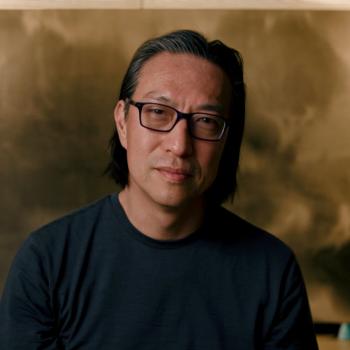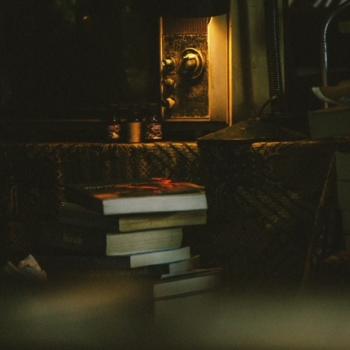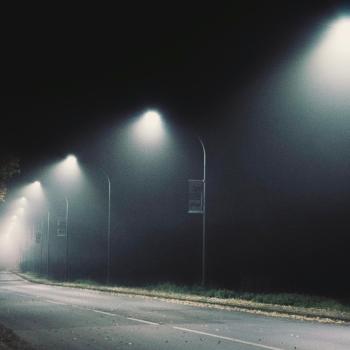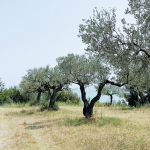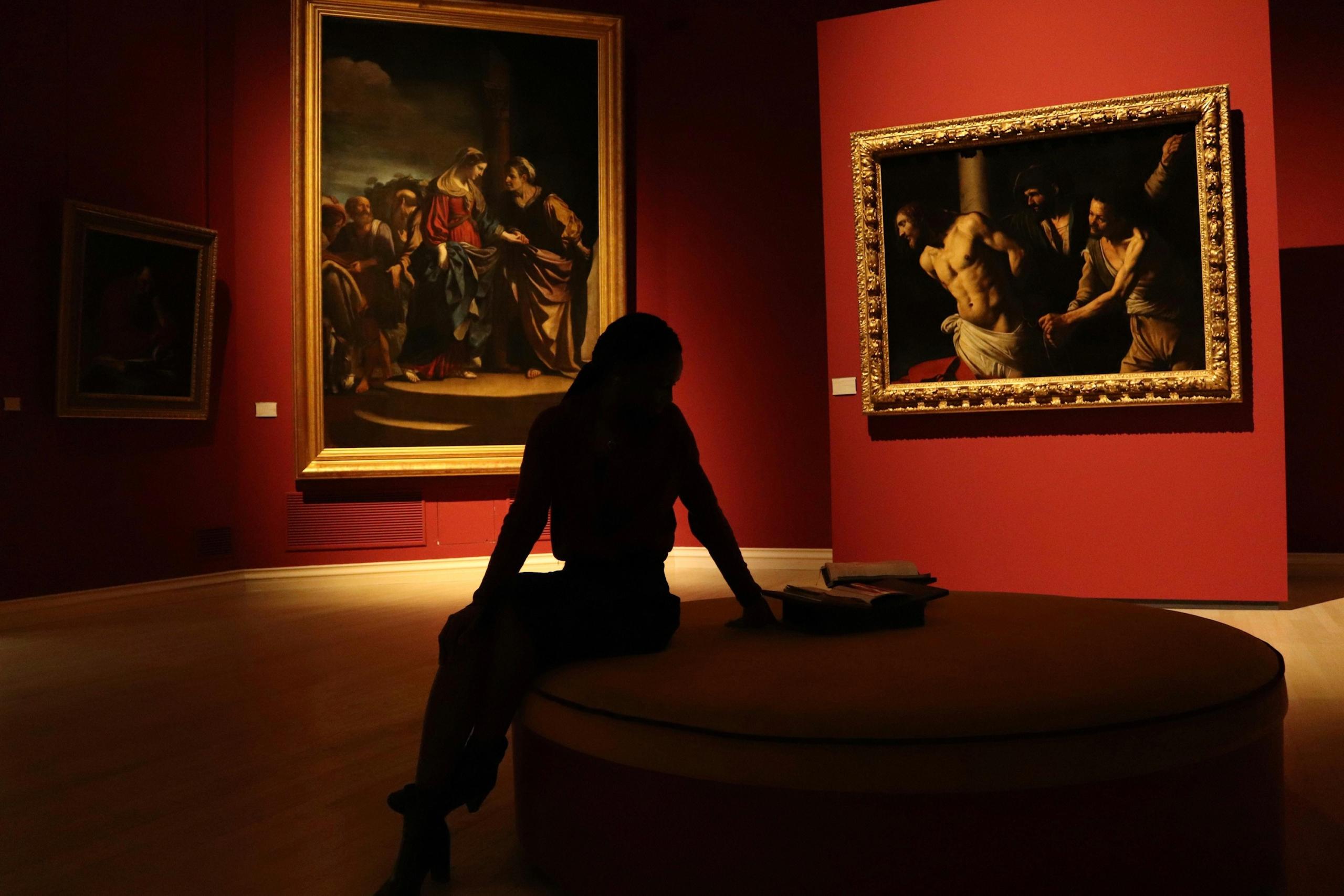
As both an actor and an author, I have spent many years in both the film and literary communities, discussing and debating what the “greatest” movies and books are. And while I always enjoy these artistically oriented talks, I confess I feel a bit sheepish when it comes time to declare my actual favorite movies or books. And I’m not alone — I’ve had many hushed conversations, away from the cliques, where friends have confided in me their actual favorite works, their “guilty pleasure” that they dare not say above a whisper, lest they be considered dumb, or worse, uncultured. There’s a social pressure to ignore many of the works that have touched, entertained, and moved us most, in favor of saying the predetermined and socially acceptable favorites — most of which fall under the definition of “old,” which is very often synonymous with “best.”
There’s long been an attitude, particularly within literary and film circles, that older is always better when it comes to literature, films, and art in general. In looking at the curated lists like The Guardian’s “The 100 Greatest Novels of All Time” and the famous American Film Institute’s “The 100 Greatest American Films of All Time,” we quickly see they are made up almost entirely of works multiple decades or even centuries old. This makes sense for the most part — these great works have had time to be read or watched and loved by countless people, establishing themselves firmly in the cultural fabric and standing the test of time. But the question remains: Does having lasted the longest and been most popular actually make them the best? And even if they are, should they be?
I’ve begun to wonder if perhaps our philosophy about appreciating antiquated artistic expressions over modern ones could be negatively affecting our society’s ability to not only enjoy but even create great works of art, both now and in the future. Appreciating art from times past is a valuable practice, but only insofar as it doesn’t pressure people into liking things they don’t or discourage artists from creating things that could be even better.
What’s New Becomes Old
This idea of “old is best” is, ironically, not a new phenomenon. The picture of stuffy art critics saying, “Well, it wasn’t [fill in the blank]” is as old as art itself. During his lifetime, Charles Dickens, who is now widely considered to be one of the greatest novelists in history, was often criticized– his work being considered by many critics to be mere pop page-turners that didn’t live up to the writers that came before him. The same is true for many of the artists who created work we now consider to be the best. Take the painter Van Gogh, who, during his lifetime as an artist, sold only one painting. It’s hard not to imagine just how many people walked by, taking little notice of the masterpieces we now hang in the greatest museums in the world. They say that tragedy plus time creates comedy — well, apparently, art plus time creates quality.
It would seem that humans, especially art critics, have a bias against the new and different, opting instead to stay within the comfort of well-worn paths and the safety of walls built by other people’s opinions. The reality is, some of the greatest art this world will ever see, the art that will one day be considered among the greats, is currently being ignored and dismissed.
Old Doesn’t Mean Better
I have read many classic books and watched most of the classic movies. Many times, I can see why they are considered the “greatest,” but I have also often been surprised at their very apparent mediocrity, especially compared to the demonstrably better contemporary counterparts that are dismissed.
In 2012, Christopher Nolan’s film The Dark Knight was released into the world. I was living in Hollywood and working as an actor. I had big dreams of being in meaningful and beautiful movies that were entertaining, artistic, and thought-provoking. And when I saw The Dark Knight, I was given an embodiment of that desire and a hope that they could still be made. Not long ago, I found myself in a conversation with fellow artists about the best movies ever made. After the required items such as 2001: A Space Odyssey and Citizen Kane had been named, I chimed in with The Dark Knight. I was met with eye rolls and scoffs.
There is a social pressure to repeat the same old list of artistic creations. This list is perpetuated not so much by the actual opinion of most individuals, but instead the insecurity that if one deviates from this list, they will be uncool. But this method doesn’t actually help us identify what art is actually good. It simply pressures us into pretending that old art is better because there’s social safety in numbers and art that has a track record of other people liking it for a long time.
Art Of Its Time
One of the things we most often forget when it comes to appreciating old art in the modern day is that when it was written, filmed, or created, it wasn’t old. The classic authors, artists, filmmakers, poets, and musicians from yesteryear created art with stories, subjects, and styles relevant to their particular time in history. Great art isn’t created in a vacuum. Great art comes from artists who reactively articulate their experience and perspective within their own time and context. The great American poet and playwright Langston Hughes’ work is powerful because in it he detailed both the beauty of his community and as well as the difficulties of facing racism in the early 20th century. The great 16th-century Italian artist Caravaggio was famous for taking ancient bible stories and depicting the characters in them in modern attire and settings that existed in his culture and time. Jane Austen became one of the greatest-selling authors of all time from telling stories about the kinds of people in the kinds of situations that existed all around her in the early 19th century.
Great artists help us understand, articulate, and process the very specific time, culture, and situations we find ourselves in, right here in the modern (current) day. Without them to do this necessary work, we as a culture will be lost. So ignoring new art in favor of the old is to our own detriment and betrays a mental abandonment and escapism from having to engage with the world outside our door.
An Artistic Future With A Hope
Idolizing the old and ostracizing the new doesn’t just affect the viewers of art, but also the creators of it. The mental health of any individual or society is almost entirely dependent upon a future with potential good and hope. So if we hold to this belief that the greatest books have already been written, and the greatest films have been made, what hope or impetus does that give aspiring artists of today to try and create something great, when they’re told no matter what they make, it’ll never live up to what’s already been done?
So many of the conversations around the “classics” or the “greats” don’t serve as education for young artists to better their craft, but rather as a deterrence from them even trying. And if we’re not careful, we will create a self-fulfilling prophecy that keeps great(er) art from being made altogether. Imagine telling Dickens to not write A Tale of Two Cities because Shakespeare had already written A Midsummer Night’s Dream — or telling Shakespeare to not bother writing Hamlet, as Chaucer had already written The Canterbury Tales.
In the ancient Psalms when describing how we ought to worship God, the psalmist says “Oh, sing to the LORD a new song! Sing to the LORD, all the earth.” implying there’s something of eternal value in creating new and original things. I don’t want to live in a world where I am pressured to believe that all the best art has already been made. That’s depressing and leaves no hope for possibility, for both art lovers or creators. I want to live in a world where we use old art as a base to build upon and as an inspiration to rise even higher than we have. I want to live in a world with the hope that the best art is yet to come. To borrow an old line from a classic book, “Further up and further in!”




